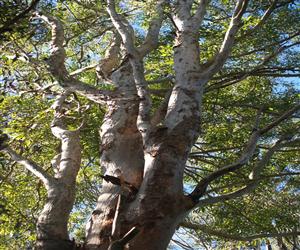
Learn skills to help you towards becoming an arborist
An ideal course for people wishing to gain a foundation knowledge of tree care and maintenance.
If you work on properties where tree care is needed such as public gardens or grounds management, public parks or related areas, then this course may be of great value. It is also suitable for people wishing to add tree pruning and care to existing skills such as in landscape gardening or garden maintenance.
This course develops your skills and understanding in diagnosis and treatment of tree disorders, whether pests, diseases, nutritional or water problems, or something else. You learn about the standard tree surgery practices, to prune and train both young and established trees, and safety measures to follow.